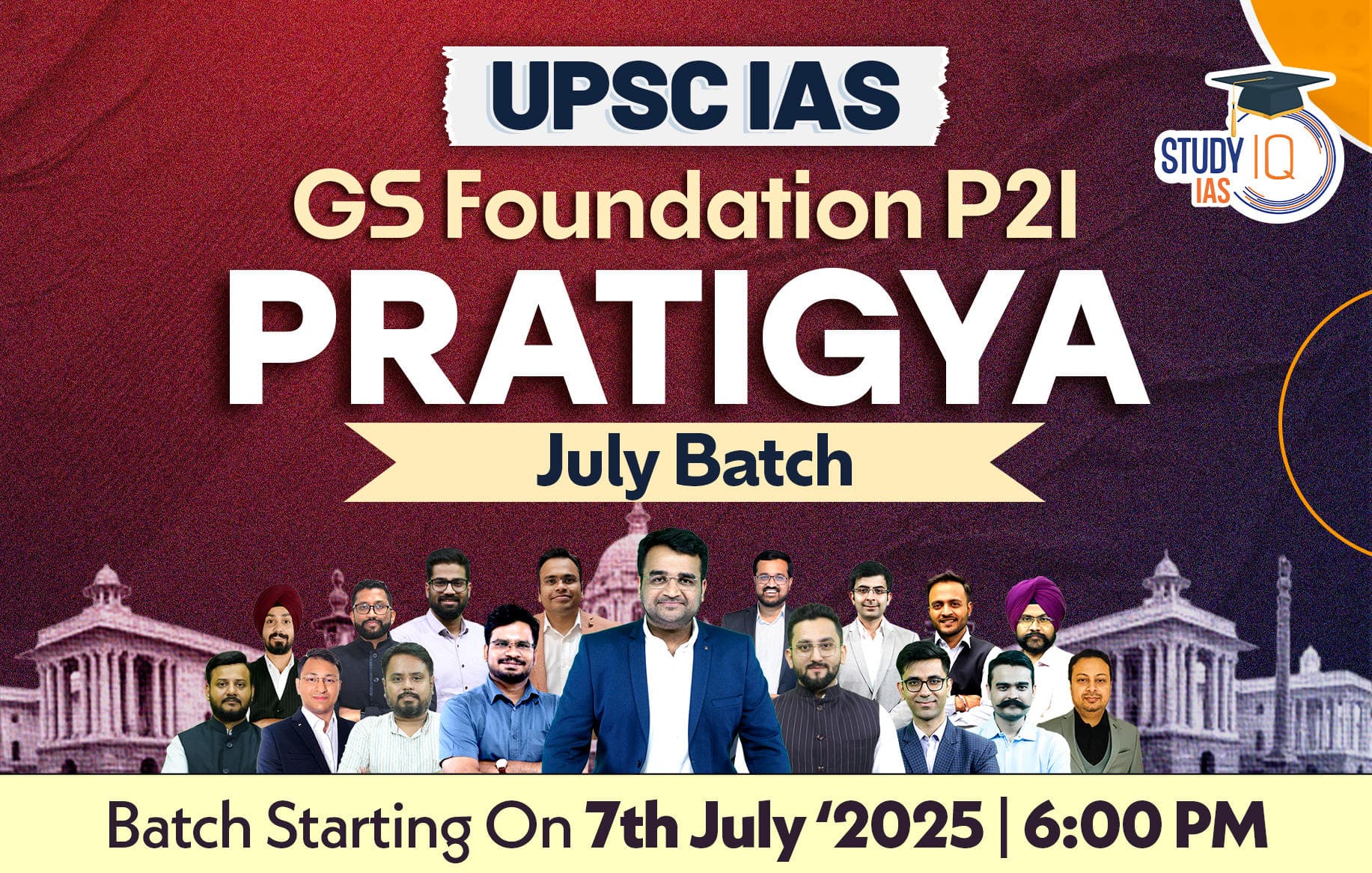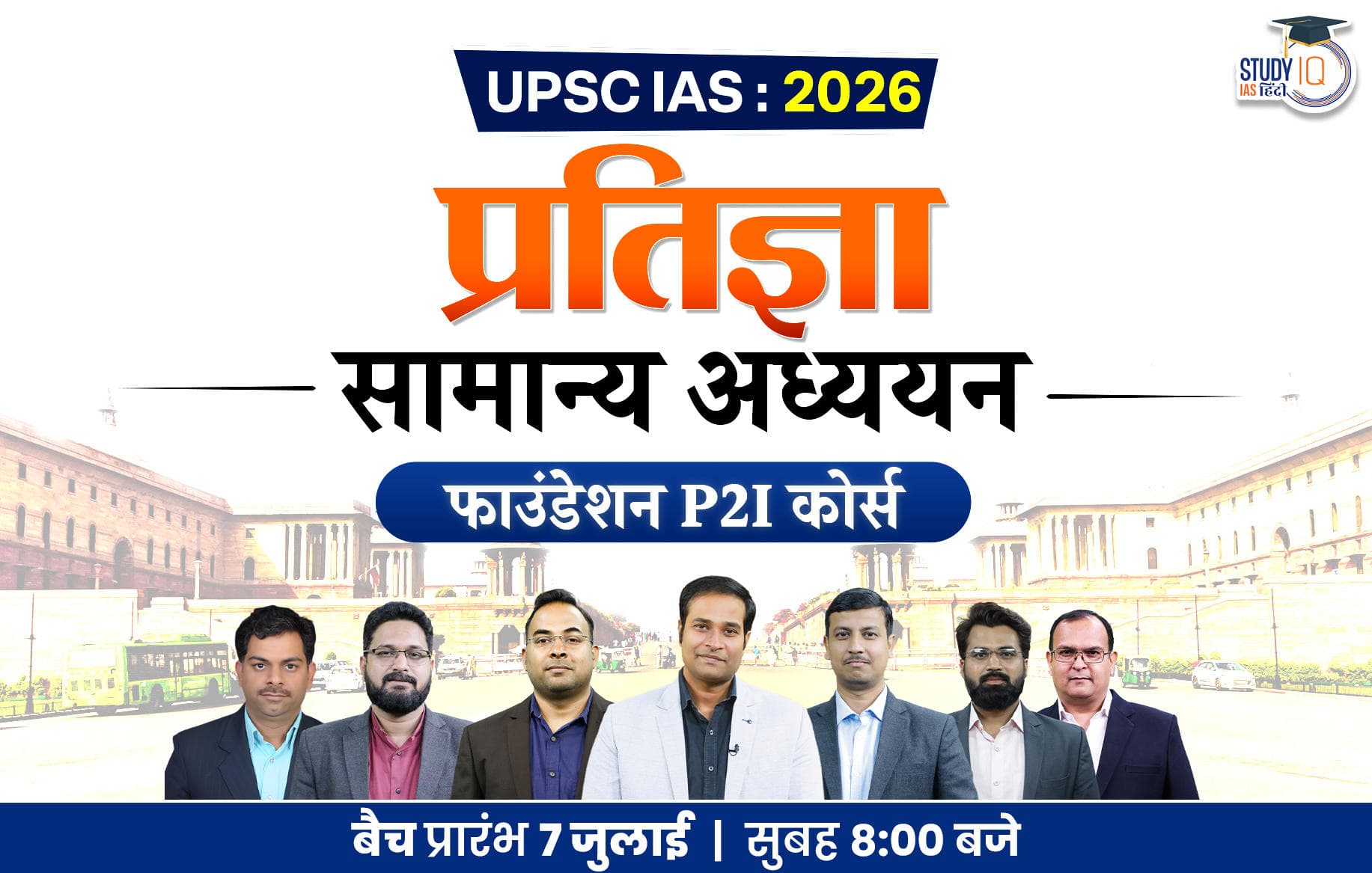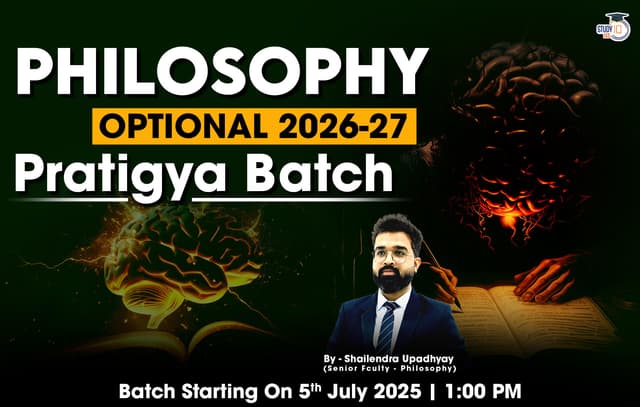Table of Contents
Partition of Bengal
The Bengal Presidency was geographically reorganized by British Raj authorities during the Partition of Bengal (1905). The new layout separated the primarily Hindu western districts from the primarily Muslim eastern areas. On 20 July 1905, Lord Curzon, the viceroy of India at the time, proclaimed it; it became effective on 16 October 1905 but was later revoked six years later. Read full details about the Bengal Partition for UPSC.
The separation was opposed by the Hindus of West Bengal, who argued that it would reduce them to a minority in a region that would also contain Bihar and Orissa. Despite Curzon’s claims that his “divide and rule” strategy would increase administrative effectiveness, Hindus were incensed by it. We shall talk about the Partition of Bengal in this article, which will be beneficial for UPSC exam preparation.
Bengal Partition Date
| Indian National Movement From 1905-1918 | |
| Indian National Movement |
Lucknow Pact |
| Home Rule Movement | Swadeshi Movement |
| Muslim League | Morley-Minto Reforms 1909 (Indian Council Act 1909) |
| Ghadar Movement | Komagata Maru Incident |
Partition of Bengal Background
The states of Bengal, Bihar, and portions of Chhattisgarh, Orissa, and Assam were all included in the Bengal Presidency. With 78.5 million residents, it was British India’s largest province.
For many years, British officials complained that the country’s enormous size made it difficult to manage effectively and led to the neglect of the impoverished eastern part. The division had only been suggested for administrative reasons. Curzon therefore intended to split Orissa and Bihar and combine fifteen of Bengal’s eastern districts with Assam.
The capital of the eastern province was Dhaka, and it had a population of 31 million people, the bulk of who were Muslims. After the Partition, Curzon declared that he believed the new province to be Muslim. Instead of separating Hindus and Muslims, Lord Curzon wanted to divide Bengalis.
The other province was made up of Orissa, Bihar, and the Western Districts. Bengali speakers are now in the minority as a result of the merger of western Bengal with Orissa and Bihar. Partition was backed by Muslims, led by Nawab Sallimullah of Dhaka, while it was opposed by Hindus.
Read More: Non-Cooperation Movement
Causes of Partition of Bengal
Bengal was divided on October 16, 1905, by Lord Curzon, the British colonial administrator of India at the time. Bengal was divided into administrative regions; it was the same size as France but had a bigger population. The eastern region was thought to be underappreciated and badly administered. By dividing the province, a stronger government may be built in the East, leading to an increase in local employment and educational opportunities.
There was a lot of political upheaval in the area after Curzon announced the Bengal partition. Many Bengalis believed that this separation was merely a crude jab at our nation. As a result, there was a clamour for Bengal’s union. Rabindranath Tagore’s famous song “Amar Sonar Bangla” served as Bangladesh’s national anthem and flag.
This attempt to divide the province along racial lines was denounced by the Indian National Congress. The majority of Bengalis in the West opposed the idea because it would have made their language a minority in their province. Most Bangladeshis will be Hindi or Odia speakers. Many Bengali Muslims supported this decision because they believed it would improve their academic, economic, and political interests if they became the majority in the new province.
Curzon also pledged to construct a university in Dhaka. Additionally, this was viewed as a chance for Muslims to raise their level of living or enhance their education. The opposition to the Bengal partition came mainly from the rest of the country. The populace exposed the “divide and rule” policy of the British Government.
The main goals of this division were to cut ties between the two populations and to erode nationalistic sentiment. Some Muslims also objected to the division. The Swadeshi and Boycott organizations in the nationalist struggle were established as a result of the partition of Bengal. People are starting to steer clear of British products because they are oversaturated in India and hurt the local economy. The Muslim League was founded in 1906 as a result of the country’s significant religious divisions.
List of various reasons for the partition of the Country
The following are some of the various reasons for the partition of India in 1947:
- Religious differences: The two major religious communities in India, Hindus and Muslims, had been growing apart for centuries. This was due to a number of factors, including different religious beliefs and practices, as well as social and economic differences. The rise of Muslim nationalism in the early 20th century further exacerbated tensions between the two communities.
- Political differences: The Indian National Congress, which was the main nationalist organization in India, was dominated by Hindus. The All-India Muslim League, which was founded in 1906, represented the interests of the Muslim community. The two parties were unable to agree on a power-sharing arrangement for a united India.
- British colonial policies: The British government’s policies of divide and rule and its support for Muslim separatism played a significant role in the partition of India. The British government was concerned about the growing power of the Indian nationalist movement, and it saw partition as a way to weaken the movement.
In addition to these three main factors, there were a number of other reasons for the partition of India, including:
- Economic differences: Hindus and Muslims tended to live in different regions of India, and they had different economic interests. For example, Hindus were more likely to be involved in commerce and industry, while Muslims were more likely to be involved in agriculture.
- Social differences: Hindus and Muslims have different social customs and traditions. For example, Hindus had a caste system, while Muslims did not.
- Language differences: India has a wide diversity of languages, and this can be a source of conflict. For example, the partition of Bengal in 1905 was based on language differences.
Read More: Civil Disobedience Movement
Partition of Bengal Feature
Bengal would be divided, the British government concluded in December 1903. This choice was made by Lord Curzon, who was at the time India’s Governor. There are two provinces in Bengal: Bengal, which includes the Orissa, Bihar, and Western Bengal regions, was the first. Second-placed Eastern Bengal & Assam.
While Bengal preserved Calcutta as its capital, Eastern Bengal picked Dacca as its capital. The real reason for Bengal’s partition was a desire to weaken the state, which had been the epicentre of Indian nationalism at the beginning of the 20th century.
Bengal, which had 78 million people, was divided because it had become challenging to govern. Making Bengalis a minority within Bengal is the linguistic justification. The top seventeen million Bengalis in the new proposal for Bengal include 37 million Hindi and Oriya speakers. According to religion, the western Bengal region had a majority of Hindus, whereas the eastern Bengal region had a plurality of Muslims.
Lord Curzon worked hard to win over the Muslims. He thinks that by choosing Dacca as the new province’s capital, the Muslim populace will feel more united. Therefore, the British attempted to foster Muslim communalists in order to combat the Congress and the national movement.
Read More: Quit India Movement
Partition of Bengal Impact
There was intense political upheaval in the region following Curzon’s announcement of the split. The partition was viewed as an insult to the motherland by many Bengalis. An enormous amount of support was shown for Bengal’s unity. The well-known song “Amar Sonar Bangla,” written by Rabindranath Tagore, later served as Bangladesh’s national anthem.
The province being divided along racial lines was opposed by the Indian National Congress. This action, which would also make Bengalis a linguistic minority in their own province, was opposed by the majority of Bengalis in the western half of the province. Odia and Hindi would be spoken by a larger population than Bengali.
Being the majority in the new province would improve their educational, economic, and political interests, thus many Muslims in the Bengali Muslim community applauded the transfer. The remainder of the nation opposed this division in unison. The people revealed the “divide and rule” strategy of the British government.
The fundamental objective of such a division was to sever relations between the two communities and undermine the nationalism and unity of the state. Long before the day of the division, there was agitation. On the anniversary of the split, people held a day of grief. Tagore urged Muslims and Hindus to tie rakhis to one another in protest.
The Swadeshi and Boycott movements in the national struggle started as a result of the partition. People started to reject British products because they had oversaturated the Indian market and hurt domestic industries. The country’s sectarian division was successfully brought about by the partition, which even contributed to the Muslim League’s establishment in 1906.
Read More: Khilafat Movement
Annulment of Partition of Bengal
The partition of Bengal was annulled on December 12, 1911. This was done by Lord Hardinge, the Viceroy of India at the time. The partition of Bengal had been a highly controversial decision, and it had led to widespread protests and unrest in Bengal. The annulment of the partition was a major victory for the Indian nationalist movement.
The Swadeshi and Boycott movements in the national struggle started as a result of the partition. People started to reject British products because they had oversaturated the Indian market and hurt domestic industries. The country’s sectarian division was successfully brought about by the partition, which even contributed to the Muslim League’s establishment in 1906.
Eastern Bengal would be incorporated into the Bengal Presidency, King George V declared at the Delhi Durbar on December 12, 1911. While Assam, Bihar, and Orissa were partitioned, districts, where Bengali was spoken, were reunited.
In 1911, Lord Hardinge revoked the division of Bengal. It was carried out in response to riots against the policies caused by the Swadeshi movement. It is obvious that the transfer of the capital to New Delhi was made to provide the British colonial government with a firmer base. Bengal’s Muslims were astonished because they believed that the government was keen to protect their interests because East Bengal is home to a majority of Muslims.
They perceived this as the government putting Hindu interests ahead of Muslim ones in order to placate Hindus and simplify administrative tasks. The separation was initially opposed by Muslim leaders. Several notable Muslims started to consider it as advantageous after the emergence of the Muslim-majority provinces of Eastern Bengal and Assam.
Muslims in Eastern Bengal, in particular, were behind the times throughout the United Bengal era. Hindu opposition to the division was seen as interference in a Muslim province. The British moved the capital to a Mughal site in an effort to placate Bengali Muslims who were upset over losing eastern Bengal. The separation between Bengal’s Hindus and Muslims did not result from the division, despite its annulment.
Read More: Jallianwala Bagh Massacre
Partition of Bengal and Swadeshi Movement
Bengali Hindus led the political campaign for greater participation in administration, but as Muslims currently rule the East, their position would be undermined. Hindus were so frequently utilized to oppose Bengal’s division, which Muslims were more in favour of.
The events that followed the partition of Bengal, however, ignited a nearly nationwide anti-British movement that included boycotts, an attempt on the life of the head of the new West Bengal province, and both peaceful and violent protests. The partition of Bengal had only been in place for five short years before it was declared invalid in 1911.
However, the Divide Et Imperia policy of Britain, the cause of the separation, continued to have an impact on the combined province. In 1919, separate elections for Hindus and Muslims were formed. Many people from both groups had previously campaigned for the nationwide unification of Bengalis. Different communities are starting to form now, each with its own political goals.
Muslims also dominated the Legislature as a result of their estimated twenty-eight to twenty-two million population. Hindus and Muslims across the country started demanding the creation of two independent states, one in regions with the majority of Hindus and one in areas with the majority of Muslims; the majority of Bengali Hindus today support the division of Bengal on the basis of this.
The entire province should have been a part of Pakistan, the Islamic state, according to the Muslims. In 1947, Bengal was divided once more, and this time it was due to religion. East Pakistan became a reality. Bangladesh, an independent state, was created in 1971 for cultural reasons by East Pakistan.
While the division of Bengal may occasionally be necessary as a practical precaution to avoid bloodshed, this typically leads to other problems that further divide society. Partition is nearly invariably the cause of minority discontent on both sides of the border. Blood was spilt during the Bengal partition, lives were lost, and the world was split in two.
Read about: Dandi March

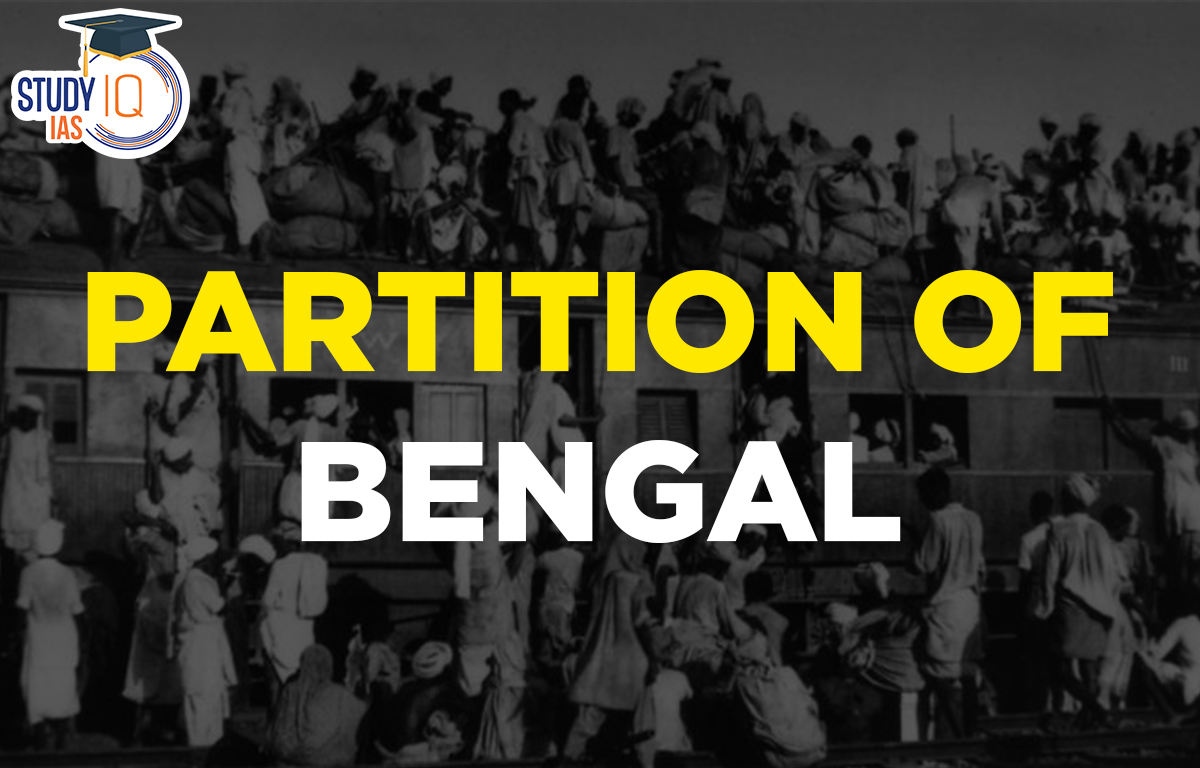
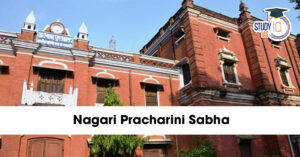 Nagari Pracharini Sabha Revival: Backgro...
Nagari Pracharini Sabha Revival: Backgro...
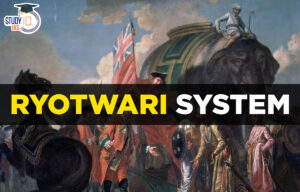 Ryotwari System in India, Features, Impa...
Ryotwari System in India, Features, Impa...
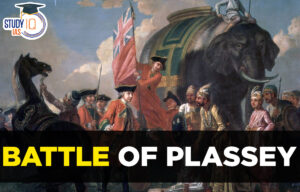 Battle of Plassey, History, Causes, Impa...
Battle of Plassey, History, Causes, Impa...

